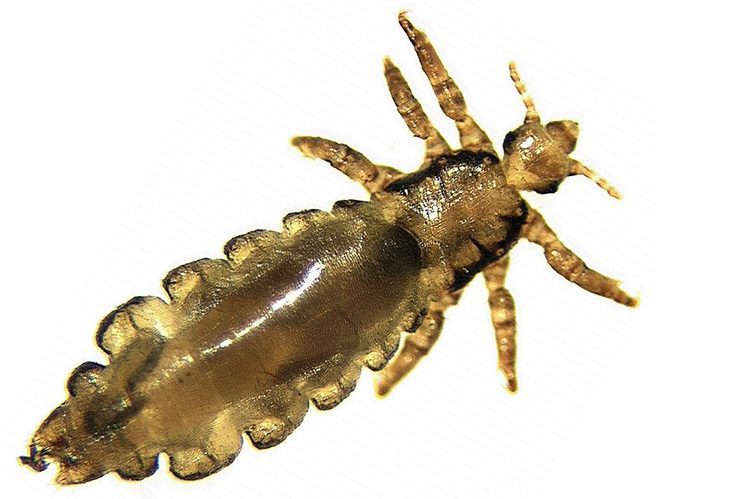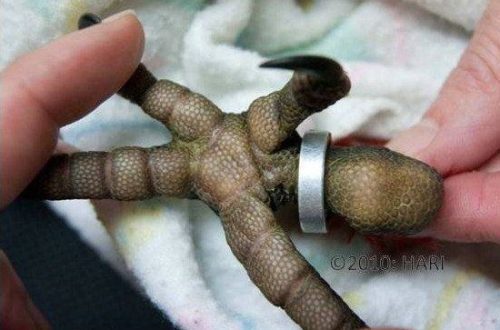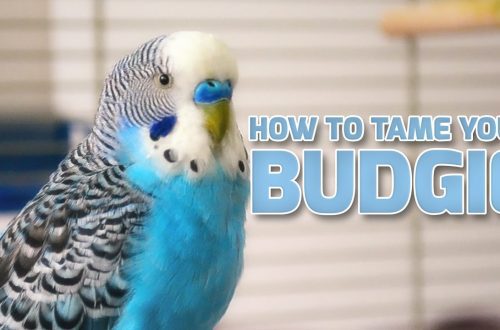
parrot parasites
Not only cats and dogs suffer from fleas and ticks. Domestic parrots that live in cages and do not leave the house are also vulnerable to various parasites. So what kind of parasites can get in parrots? And what signs make it possible to detect them?
External parasites (ectoparasites)
These parasites are often found in all birds: both wild and domestic, as well as in other animals. Litters can be brought into the house on outerwear or on the dog’s fur. Non-compliance with hygiene in the parrot cage only contributes to the spread of these insects.
Litters are ectoparasites (external parasites) and settle on the body of a bird. They are oblong light gray insects with a body length of 1 mm. As food, lice use feathers, skin flakes, sebum, as well as blood that appears on scratches at bite sites.
In a bird infected with a lice, plumage is rapidly deteriorating, behavior changes, itching develops, and appetite decreases. You can easily notice insects, as well as sores and scratches on the skin and plumage of a bird.
You can get rid of parasites with the help of special preparations applied to the body of the bird. But it is necessary to choose a drug and use it strictly according to the recommendations of a veterinarian. The parrot cage is also carefully processed and disinfected.

Scabies mites are tiny and settle in the passages in the skin and cornea of the bird’s beak.
Most parrot owners notice parasites only by light gray growths from the cere to the eyes, which form as a reaction of the body to mites.
If detected early, fixing the problem is very easy. In the initial stage, paraffin oil helps to destroy ticks, which is applied in a thin layer to the affected areas. If the growths are quite large and cover various areas throughout the body of the bird, you should contact your veterinarian for treatment. Treatment is carried out with special external preparations.
Red mites are serious parasites that are not easy to get rid of. Most often they appear in cells where cleaning is rarely carried out.
These parasites are very small (body length up to 0,5 mm). They live in the cracks and crevices of the cage, house and inventory. And if a small number of ticks is almost impossible to notice, then their significant clusters are immediately visible.
At night, ticks come out of their hiding places and begin to disturb the birds.
You can get rid of ticks with the help of a special treatment of the cell or replacing it with another one. Please note that if the cage was on furniture, then ticks can populate it too, because. they easily spread outside the bird’s home.
When destroying red ticks, only objects are processed with the drug – and in no case birds!
The following method helps to determine the presence of mites in a cell: cover the cell with a light-colored cloth at night, and in the morning carefully inspect the surface of the fabric and its folds. As a rule, after leaving their shelter at night, some mites move into the folds of the fabric, and you can notice them.
Internal parasites (endoparasites)
In parrots kept in cages and aviaries, the most common coccidia are single-celled parasites that live in the intestines. The presence of these parasites, as well as worms, is usually indicated by the bird’s lethargic behavior and refusal to eat. To diagnose an infection, it is necessary to take the bird droppings for analysis.
Thanks to proper treatment, you can easily save your pets from parasites. Do not forget that parasites are potential carriers of various diseases, and therefore take timely measures to destroy them in accordance with the recommendations of a veterinarian.
Take care of your pets!





